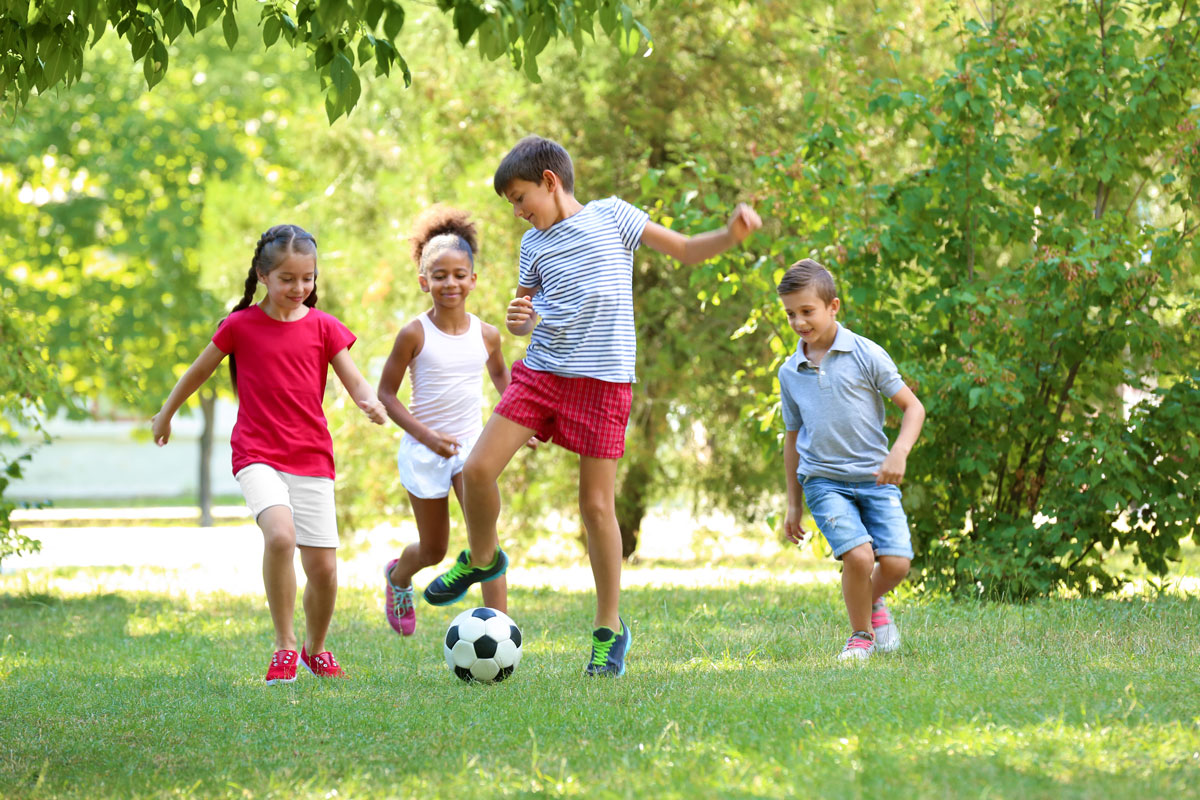The importance of physical activity is no secret. People have been trying different forms of exercise for decades. Jump ropes, jazzercise, aerobics, treadmills and group classes have all seen periods of immense popularity, but even with all these options available, the majority of Americans still don’t get enough physical activity¹.
This probably doesn’t surprise you considering the number of things we’re all trying to squeeze into a day: jobs, classes, commutes, sleep, meal times, family activities, childcare and hopefully some hobbies. Each of these are important, but there are only so many hours in a day—unless one of your hobbies happens to be time travel!
It’s easy to fall into the lie that if you can’t make it to the gym or dedicate an hour to a strenuous run, then you haven’t been active enough. It can be disappointing to hear how much faster other people run a mile because it’s easy to forget that it’s not always about winning. It’s about moving—any kind of moving.
Maybe we should consider adjusting the expectations we put on ourselves and our activity levels. Focusing on formal exercise can be daunting. While some people thrive in a structured setting with built-in accountability, others can find it taxing. It can become a chore that quickly loses its appeal. Maybe we’d be more successful if we didn’t think about exercise in the traditional, obligatory way. It becomes more approachable to think only about how you can move more.
Not all phases of life are the same. Why should we expect the same type of physical activity to always fit our lifestyle?
Children
Kids are usually great at movement. In childhood, physical activity is often tied to the idea of playing. Bike rides, hopscotch and tag don’t feel like chores. These playground connoisseurs know what activities they enjoy. They aren’t worried about what they should or shouldn’t like; they just do what makes them feel good. Encouraging kids in activities they like is a great way to help them embrace exercise and movement in a way that doesn’t feel like an obligation as they get older.

Students
For young students, activity is often built into their daily routine through recess, gym class or extracurricular sports. Not all kids thrive in the same environments, though. Some may like team sports, some may have great hand-eye coordination and others may be part fish. It can take time to find the right fit, so don’t give up too soon.
As students get older and enter into college, a primary mode of transportation is often their own two feet. Research has shown that walking can be extremely beneficial to a person’s overall health².
If your schedule allows, take advantage of the campus recreational center a few days a week to add more movement into your day.

Young adults
After graduation, you land your first real job. Maybe it’s an office job that keeps you on your feet for a good portion of the day—tracking people down, hiking up and down flights of steps, running errands typically delegated to the entry level positions. Then at the end of the day, you return to your quiet, sometimes oppressively small apartment. Carving out time for an evening stroll or bike ride is a good way to escape a case of apartment-induced claustrophobia. As an added bonus, it can also be a great way to get familiar with your new neighborhood. If you’re struggling to meet people, find a group activity and introduce yourself to a new crowd.

Professionals and parents
Fast forward a few years and maybe you’re still working an office job or maybe you have kids at home. Either way, it’s easy to feel like you spend your days catering to other people. It can become harder to find dedicated time to exercise. If you are struggling to find an activity outlet, think back to what you liked to do as a kid. Maybe take up swimming again (some gyms offer childcare as part of their membership fees), or if time and funds are both a little tight, try out an exercise app after the kids go to bed.

Retirees and empty nesters
With a quieter house and more flexible routine, it may be easier to get regular exercise. However, sometimes a change in routine also means the removal of built-in movement. If your job is what kept you active, it’s important to think of ways to keep moving at home. Since you are no longer tied to your employer’s schedule or running your kids to various activities, you may have more time to try new pursuits. Reach out to friends and start an informal golf league or tennis club. It doesn’t matter if you’ve never played before. You’ll get in the swing of things before too long!

All movement counts
In some phases of life, working in a game of badminton or hitting your favorite hiking trail may be easier said than done. When free time rolls around, take advantage of it.
If you feel like you’re struggling to get everything done in a day, slow down and remember that you’re doing your best.














